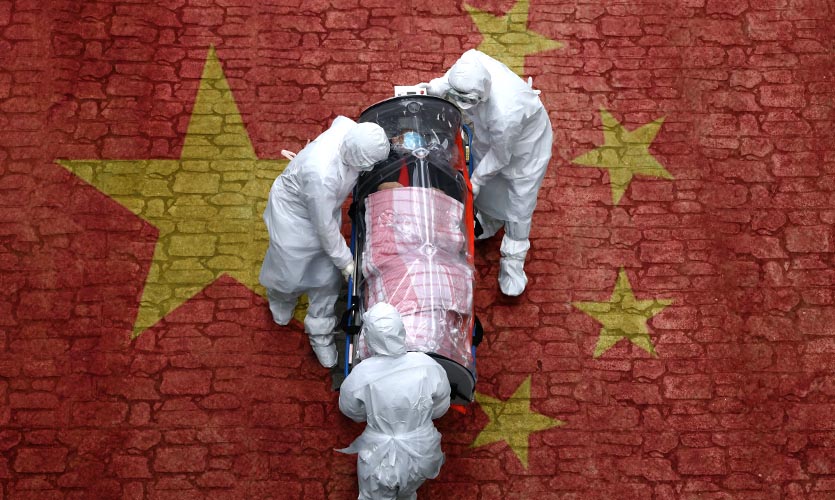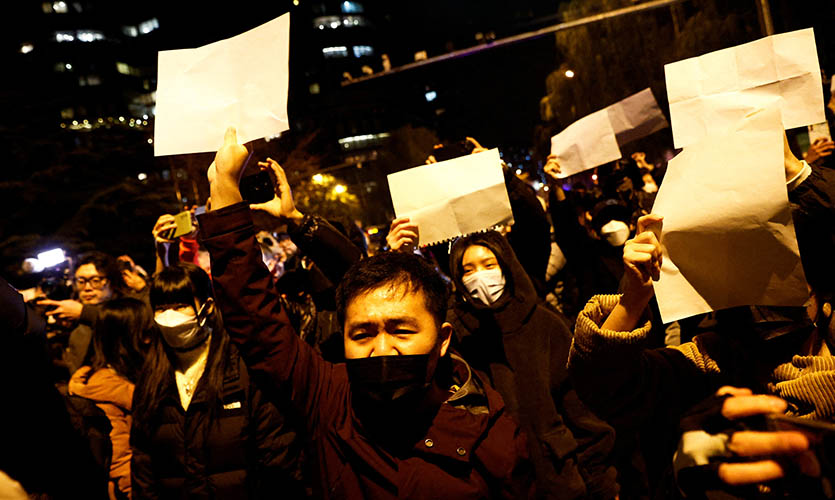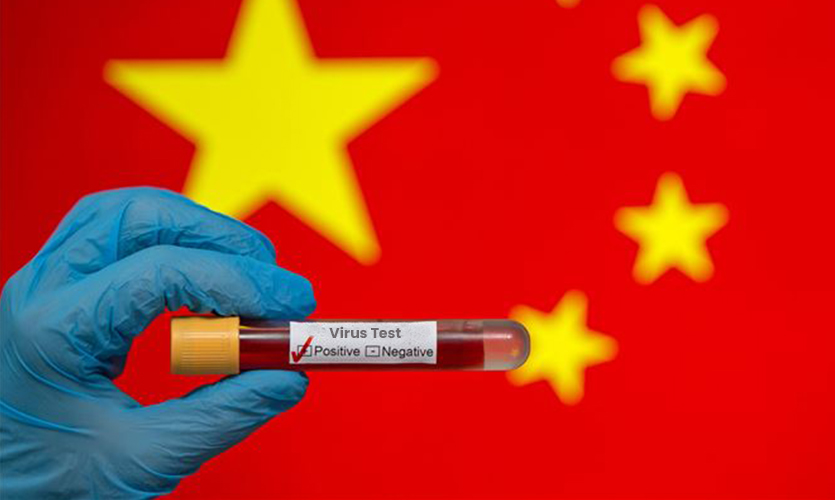As the third wave of COVID-19 might hit Mumbai between July and September, the civic bodies including BMC (Brihanmumbai Municipal Corporation) have revved up their preparations to tackle the challenges of this upcoming havoc. Other states too are seeking plans.
The Chief Minister of Maharashtra Uddhav Thackeray is gearing up for the third wave of COVID-19, the BMC (Brihanmumbai Municipal Corporation) has come up with large scale plans for boosting infrastructure by developing a 400-bed facility specifically catering to children in order to efficaciously handle 2,500 moderate to severely symptomatic cases daily. Additional oxygen plants, oxygen refilling plants and COVID-19 jumbo centres are also being set up by the BMC and are expected to be ready within a month (tentatively).
BMC’s Spadework
A dedicated paediatric ward for catering to children below 12 years of age will likely come up at the NESCO Jumbo Covid Centre located at Goregaon East. “The facility will have 700 beds, 300, especially for paediatric care. Additionally, NICU (Neonatal Intensive Care Unit) and PICU (Paediatric Intensive Care Unit) with a capacity of 25 beds are also being set up”, says Chandrakant Jadhav, First Appellate Officer of the BMC. The BMC’s has also planned to set up 6,000 oxygenated beds in addition to the current 11,200 beds and add 1,500 ICU beds to the current capacity of 2,500.
Read more about the black market that’s thriving during India’s second COVID-19 wave
Crèches And Child Care Units For The States
Experts have predicted that the third wave, which is more likely to strike in July, is going to affect children more than adults. The additional municipal commissioner of BMC, Sanjeev Jaiswal mentioned in a meeting, “In the first wave elderly were most affected. In the second wave young adults are being affected. The mutated virus in the third wave is more likely to infect children”. “BMC is solely focusing on children’s well-being and health. Creches will also be set up for admitting the families where both the parents and children have been affected. I would advise all the states to adopt a similar model”, adds Jadhav.
How Can Other States Tackle The Third Wave?
The focus of the states should also be on developing quarantine facilities dedicated to children in addition to managing the current outbreak. Children oriented quarantine models should be developed after seeking suggestions from leading paediatricians of the state. “Mumbai model can be adopted however the states can modify them according to the situation and needs.
It must be kept in mind that medical wards for children should also have recreational facilities in order to keep up with their mental health. Children cannot be isolated like adults hence states should keep that in mind while constructing such facilities”, says Jadhav.
Following The Mumbai Model Or Developing A New One?
Mumbai’s way of handling the predicted third wave is solid but not foolproof. This is because whenever a virus outbreak happens the number of infected people cannot be calculated beforehand. A mere 23,000 beds for children won’t’ suffice the pre-reproductive population in Mumbai. “Oxygen plants, hospital beds and a huge stock of medicine should be developed and maintained by the states. Additionally, quarantine facilities for families (both parents and children) should be constructed.
And also provisions to cater to the mental health of children must be made as their minds are highly fragile”, explains Dr Arvind Kishore, a paediatrician at Nootan Child Hospital. Blindly adopting the Mumbai model is not suggestive as every state will face a different ground reality. Certain improvisations should be made by the states according to the situation while the preparations should be made after seeking data, calculations and analysis of the effect of the third wave on children.










